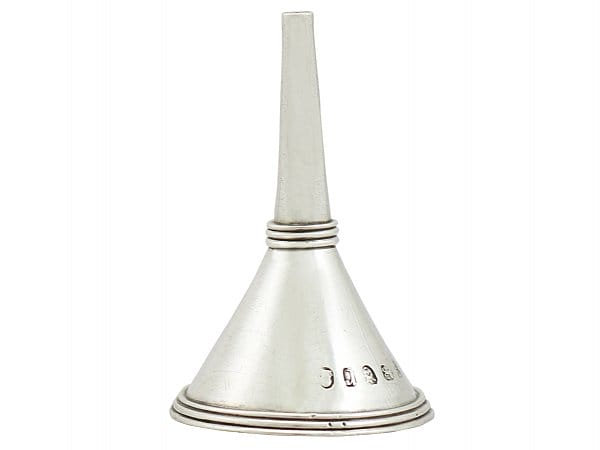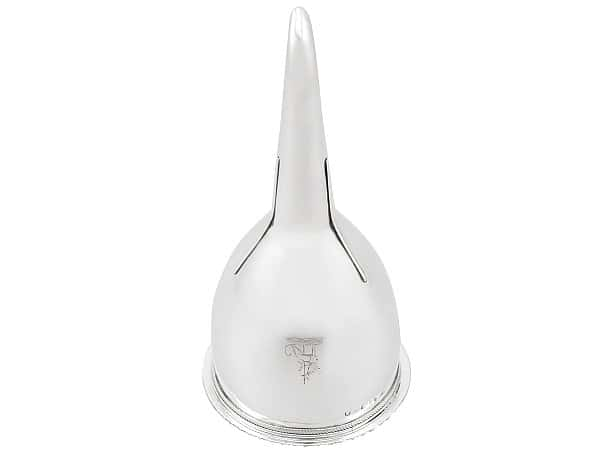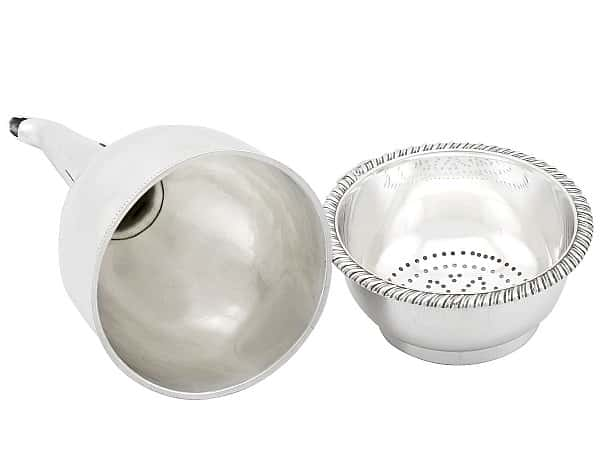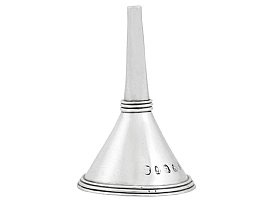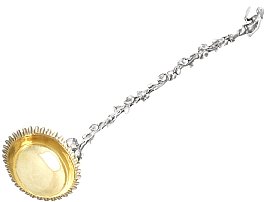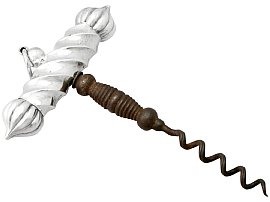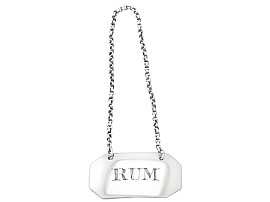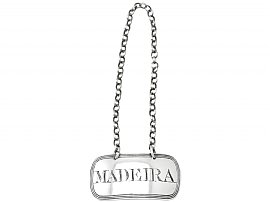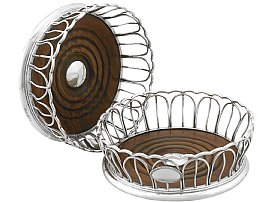Wine Funnel History
Wine funnels are not used as commonly today as they were in the 18th and 19th centuries, but they still have a practical function today, particularly for amateur wine connoisseurs.
Regardless of its origins, wine has needed to be decanted for table use for centuries. Silver wine funnels were developed in the end of the 17th century. Examples from this specific period are rare, and most date to later centuries.
Original examples were very plain and simple, with tapering spigots connecting to plain bowls. They would have likely been filled with muslin in order to drain the wine and ensure the finished product is as pure as it can be.
The funnels were typically made in two pieces by the mid-1700s. The bowl was pierced with holes for catching larger pieces of detritus such as cork, while a detachable subsection featured yet more, finer holes. This section could be fitted with muslin and used to filter out finer sediment.
Eventually, the spigot was crafted with a curved tip to ensure the wine ran gently down the side of the vessel of choice. This was important because it prevented unintentional aeration that would have devalued the wine.
Over time, the bowls deepened and funnels became larger and more elaborate in their decoration. The Americans followed suit with their wine funnels, and their examples were very similar to the typical British pieces. Some Scottish examples strayed from the norm, however, as their form was sometimes oval, and these are considered more valuable as a result.
The value of antique wine funnels today is largely dependent on their design and condition, as with all items of silver. Finding a genuine antique wine funnel in excellent condition is considerably difficult now, leaving people very reliant on hallmarks to extrapolate whether or not an item is the genuine article.
